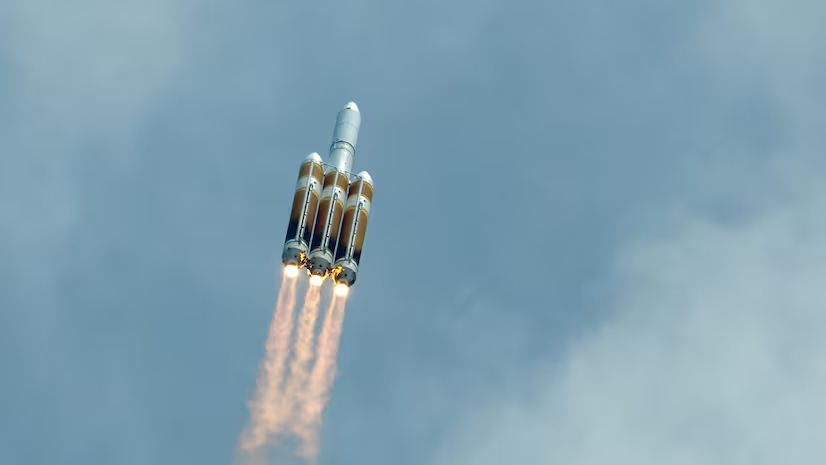On Friday, the Japanese space agency revealed plans to initiate a significant enhancement of its satellite imaging system, coinciding with the third test flight of a new flagship rocket.
According to the Japan Aerospace Exploration Agency, an H3 rocket is scheduled to launch early on June 30 in the afternoon from Tanegashima Space Centre, which is located on an island in southwest Japan. The launch window for the mission extends through the end of July.
The Advanced Land Observation Satellite (ALOS-4) that the rocket will carry is designed to monitor military activities, like missile launches, using an infrared sensor developed by the Defence Ministry. Its primary functions include Earth observation and data collection for disaster response and mapmaking. The present ALOS-2 is replaced by the ALOS-4, which has a far larger field of view.
This will be the third launch for the H3, following a successful launch on February 17 and an unsuccessful debut in March 2023. The rocket’s primary cargo, an ALOS-3 satellite, had to be destroyed along with the rocket itself on the first attempt because the second stage engine failed to ignite.
H3 No. 2 carried an ALOS mockup and two commercially developed observation microsatellites on its successful test flight.
H3 is being developed by JAXA and its primary contractor Mitsubishi Heavy Industries to replace H-2A, which is scheduled to retire after two more flights. Eventually, MHI plans to take over JAXA’s H3 production and launches in an effort to make it financially viable.
Japan believes that the country’s space programme and national security depend on having a reliable, economically viable space transportation capacity.
Larger payloads than the H-2A rocket can be carried by the 57-meter (187-foot) H3 rocket with a launch cost that is around half that of the H-2A.


